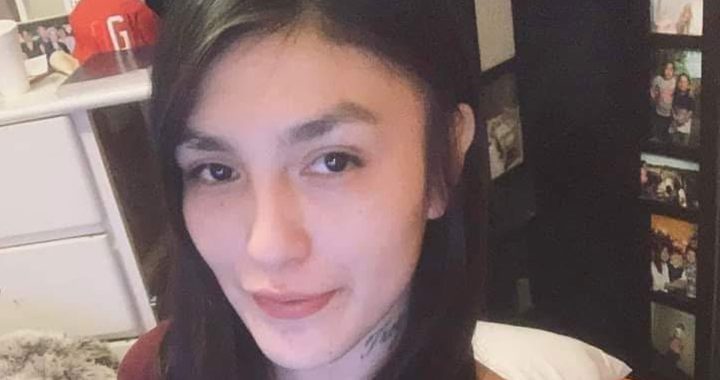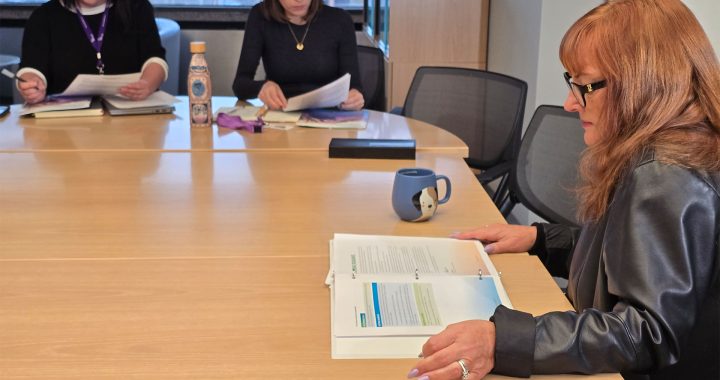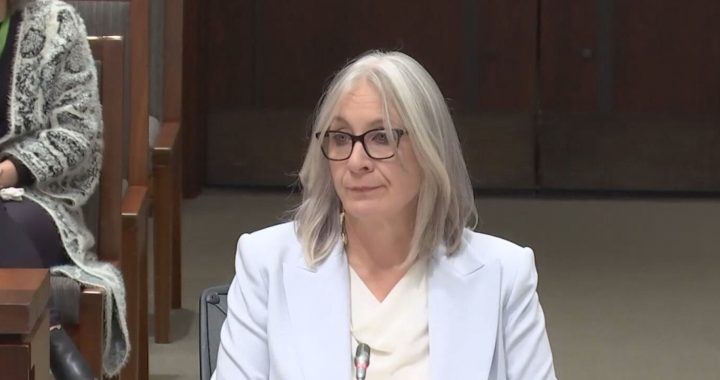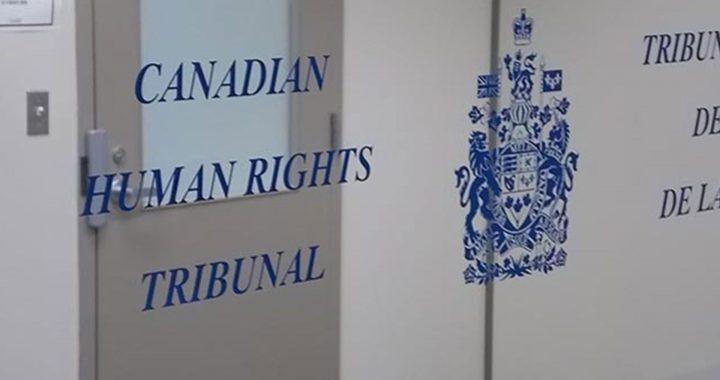APTN News
The federal government is finally taking big steps to close gaps in healthcare, housing and job opportunities for Indigenous women and youth, according to an advocacy group.
The Native Women’s Association of Canada (NWAC) says it’s optimistic the Trudeau government is finally recognizing many issues facing Indigenous women and children.
That is, so long as the Liberals act on their 2018 budget promises.
“Now that we’ve acknowledged that the government is listening to us, we’re hoping that we can develop partnerships and actually get to work moving forward sooner rather than later,” says Francyne Joe, NWAC president.
On Tuesday, the Liberals tabled a budget promising nearly $5 billion for First Nation, Metis and Inuit.
The government has pledged $1.4 billion dollars in additional funding for First Nations child welfare services and another $300 million to fix the housing crisis plaguing many Indigenous communities. Those funds are part of a $1.5-billion Indigenous housing plan, spread over 10 years, that the Liberals earmarked under infrastructure in last year’s budget.
Joe questions whether the housing envelope specifically set aside for Inuit and northern First Nation communities will be enough, given the timeframe.
“Obviously, the expense to build a house in northern or remote communities is going to be substantially higher than in the lower parts of Canada near urban centres,” she says.
She applauds the government’s plan to invest $2 billion in a jobs training program – with the hopes of helping 15,000 more Indigenous people find jobs – but she says this plan requires reliable internet service in northern communities.
“If you go up north, unless you have your own data plan, you probably aren’t going to be able to take some of these training courses that are available online,” she says. “We need to make sure that it’s fair for all Indigenous people to be able to access the same resources, whether they be in remote and northern communities or if they be in urban centres.”
This year’s federal budget also includes an additional $172.6 million for on-reserve drinking water projects and $1.5 billion on health-related spending, including nursing services in isolated First Nation communities and tuberculosis treatments in Inuit communities.









